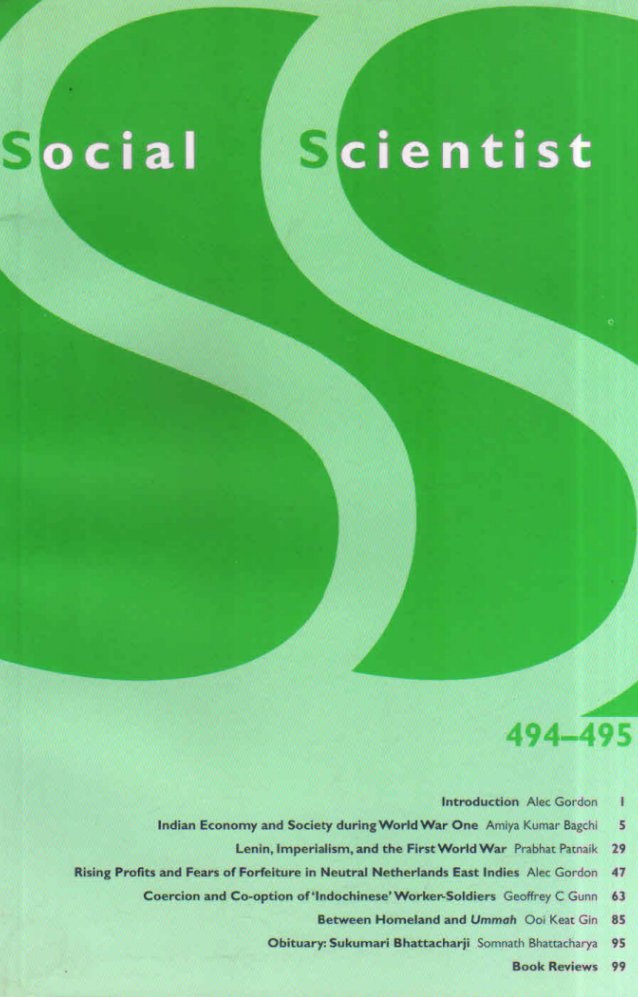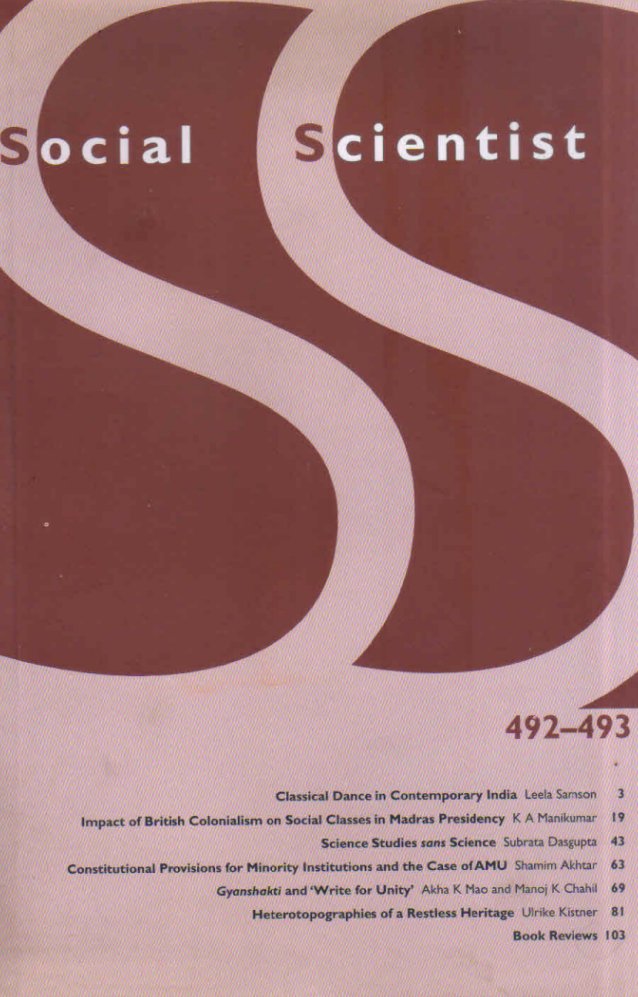Indian Economy and Society during World War One
In order to understand how the Indian society and economy fared during the World War I (WWI from now on), an abnormal period, it is necessary to grasp the ‘normal’ functioning of the economy and society and the normal style…

